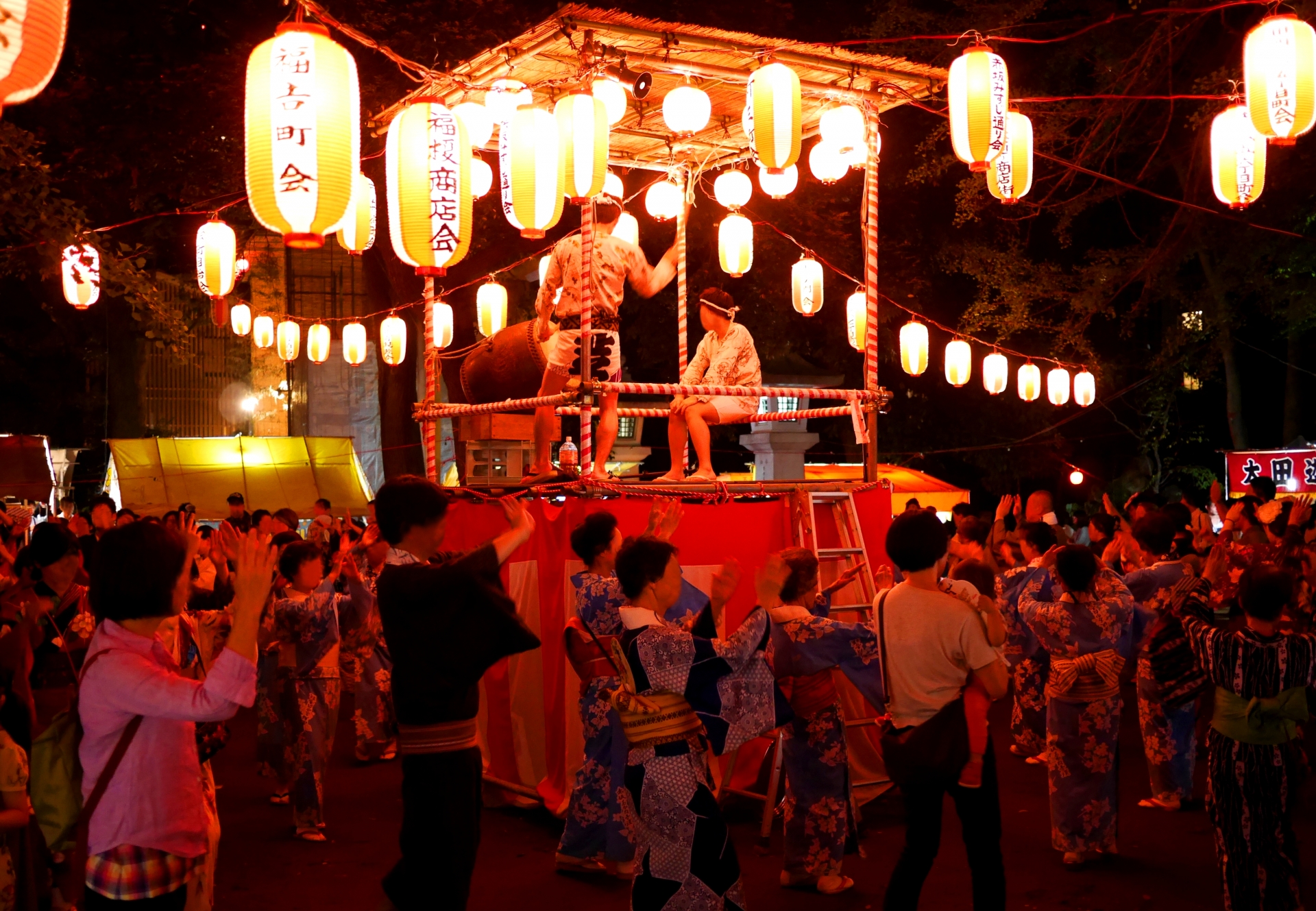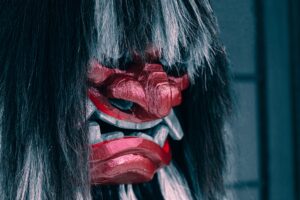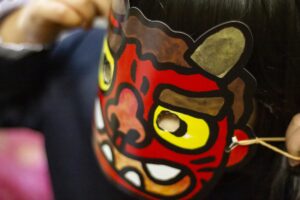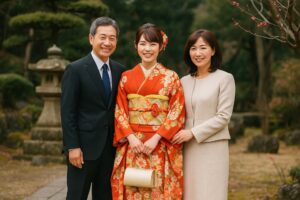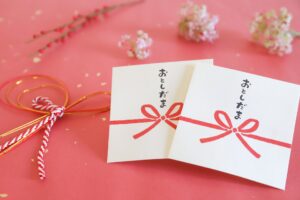The Obon festival is a deeply spiritual and cultural event in Japan, celebrated to honor deceased ancestors. Rooted in Buddhist traditions, it holds a significant place in Japanese society, drawing people from all walks of life to participate in rituals that pay respect to those who have passed. In this guide, we will explore the history, customs, and spiritual importance of Obon, and offer insights for those who wish to experience the festival firsthand.
What is Obon and Why is it Celebrated?
Obon, also known as the Festival of the Dead, is one of Japan’s most important religious and cultural events. Originating from Buddhist customs, the festival honors the spirits of deceased ancestors, believed to return to the earthly realm during this time to reunite with their living relatives. Obon has been celebrated for over 500 years, with its origins rooted in the Buddhist Ullambana Sutra, which tells the story of a monk’s attempt to save his mother’s spirit from suffering. Over time, the festival spread across Japan, becoming a staple of summer traditions.
In different parts of Japan, the timing of Obon can vary, with most regions celebrating it in mid-August. However, some regions, especially in the Kanto area, observe Obon in mid-July. Despite these regional differences, the essence of the festival—honoring the dead through various rituals and ceremonies—remains consistent.
Key Obon Rituals and Traditions
The Obon festival is marked by several key rituals, all focused on honoring and welcoming ancestral spirits. One of the most iconic traditions is the Bon Odori dance, which varies from region to region but symbolizes joy and gratitude for the ancestors’ guidance. Participants wear yukata (summer kimono) and perform rhythmic dances in community spaces, often accompanied by traditional music.
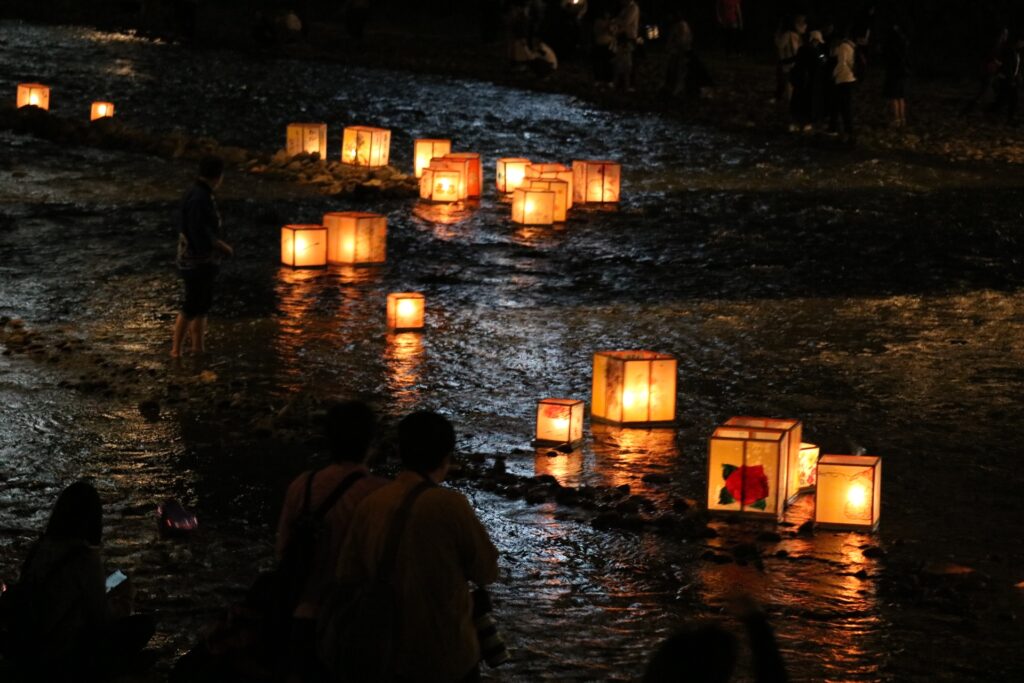
Another important custom is the lighting of lanterns, known as Toro Nagashi, to guide the spirits back to the afterlife. In some regions, families create elaborate displays of offerings, including food and flowers, at household altars or gravesites. These rituals serve as a means for families to connect with their ancestors and express gratitude for their protection and blessings.
Obon in Different Regions of Japan
Although the spiritual essence of Obon remains the same, the festival is celebrated differently across Japan. For instance, in Kyoto, the Gozan no Okuribi (Daimonji) involves lighting giant bonfires in the shape of kanji characters on mountainsides to send off spirits. Meanwhile, in the northern region of Tohoku, the Nebuta Matsuri in Aomori features grand floats illuminated by lanterns, adding a more festive and large-scale dimension to the celebrations.
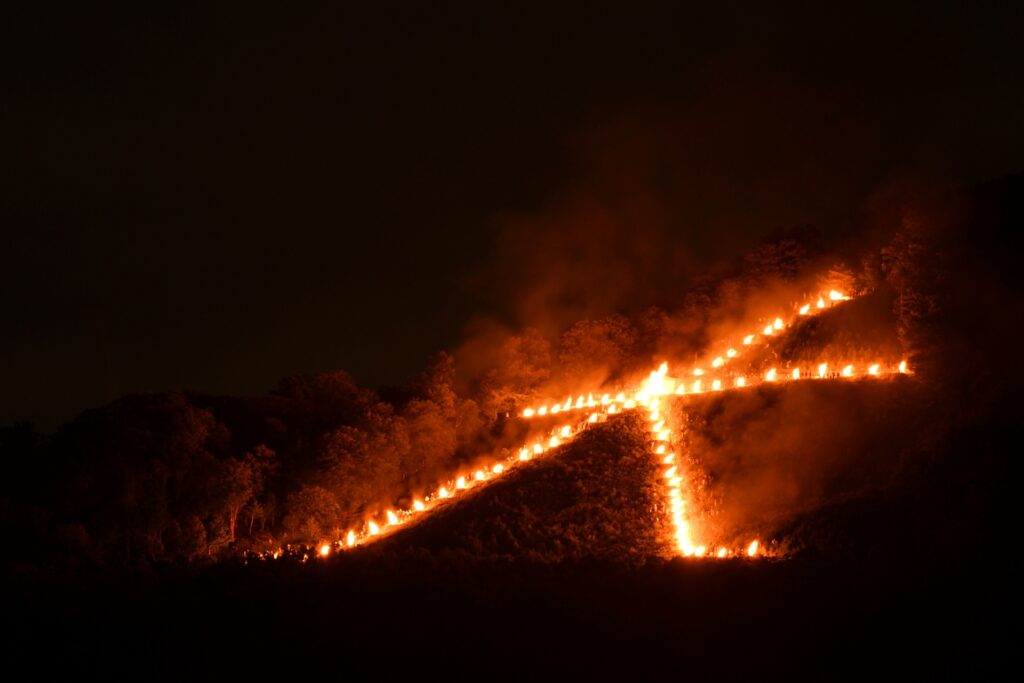
In Okinawa, the Obon festivities incorporate elements of the local Ryukyu traditions, with music, dance, and ancestral worship taking on a distinct style. Each of these regional variations offers unique insights into how different communities in Japan honor their ancestors during Obon.
Participating in Obon as a Foreigner
Foreigners are welcome to participate in Obon, whether as travelers visiting Japan or as members of Japanese diaspora communities abroad. To engage respectfully, it’s recommended to wear appropriate attire, such as a yukata or other traditional garments, especially when participating in the Bon Odori dance or visiting temples and shrines. Observing proper etiquette, such as offering incense at gravesites or in front of family altars, is also essential to showing respect for the customs.
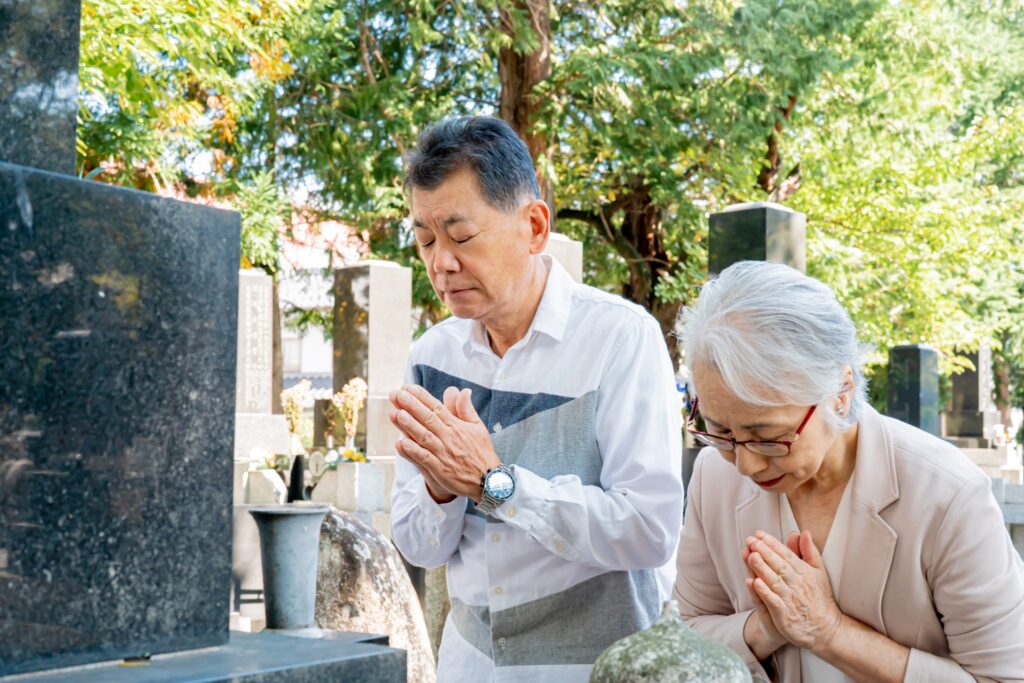
Many temples and local communities provide opportunities for visitors to join in the celebrations, including lantern lighting ceremonies and dances. While the language barrier may pose challenges, most participants will find that the welcoming and communal atmosphere transcends linguistic differences.
The Spiritual Significance of Obon
At its core, Obon is deeply intertwined with Buddhist teachings on the cycle of life and death, particularly the concepts of karma and ancestor worship. The festival provides an opportunity for Japanese families to offer prayers and food to ancestors, seeking to ease their journey in the afterlife and ensure their continued well-being. This act of devotion reflects the Buddhist belief in maintaining strong ties between the living and the dead.
In modern times, Obon has also come to symbolize a broader connection to one’s roots and heritage. For many Japanese people, especially those living abroad, participating in Obon can serve as a reminder of familial bonds and cultural identity, even in the face of changing societal norms.
Global Obon Celebrations
Obon is not just limited to Japan. Japanese diaspora communities across the world, particularly in the United States, Brazil, and Peru, also celebrate the festival with their own local adaptations. In Los Angeles, for instance, Japanese-American communities hold large-scale Obon festivals that include traditional dances, food stalls, and religious ceremonies. These global celebrations maintain the spiritual essence of honoring ancestors while blending with local customs, making Obon a truly international observance.

In Brazil, home to the largest Japanese population outside of Japan, Obon has evolved into a major cultural event, drawing participants from various ethnic backgrounds. These celebrations reflect the global spread of Japanese culture and the adaptability of its traditions.
Conclusion
Obon is more than just a cultural festival; it is a deeply spiritual event that connects the living with the dead, rooted in centuries of Buddhist tradition. Whether you are exploring Obon as a visitor, participant, or researcher, this guide offers an in-depth understanding of the festival’s history, customs, and contemporary significance. As you join in the celebrations, may you find a deeper connection to the enduring legacy of honoring ancestors that transcends time and borders.

